Covid provided a revelation of the vulnerabilities of the global supply chain, but now war in Yemen has provided another. Attacks on shipping by Iranian-backed Houthis has reminded the world of how much trade is reliant on free passage through the Bab-al-Mandeb Strait, an eighteen-mile wide waterway at the southern entrance to the Red Sea. If shipping cannot get through that then it struggles to get through the Suez Canal.
In the past month, fifteen ships have been attacked in the strait with missiles and drones, and now shipping lines have had enough. They are instead routing their container vessels an extra 3,000 miles around the Cape of Good Hope. That is an extra ten days’ sailing time. According to the International Chamber of Shipping, $3 billion worth of goods every day are carried on ships using the Suez-Red Sea route.
Could this be the beginning of another crisis for the global economy — or is it a mere hiccup? The Suez Canal has not been continuously available since it was completed in 1869. It was closed for eight years following the Six Days’ War in 1967. More recently it was closed for six days in March 2021 when the container vessel Ever Given ran aground on a sandbank. In just those six days, a backlog of 450 vessels had built up.
Since 2021, however, Europe has become even more reliant on the Suez Canal-Red Sea route. The Ukraine war has led to an increase in imports of liquefied natural gas from Qatar in order to replace Russian gas.
Ship tracking sites suggest that around a quarter of all container vessels are now taking the long route via the Cape of Good Hope. For now, however, oil and gas tankers have still been getting through the Bab-al-Mandeb Strait. The US this week has also launched Operation Prosperity Guardian, deploying military vessels in order to protect ships taking the route. Allies have been invited to contribute.
The latest disruption comes at a time when the Panama Canal, too, is under restrictions thanks to a drought which has starved the lake feeding the lock system. Air corridors, too, between Europe and Asia have been greatly disrupted by the Ukraine invasion. But it doesn’t — yet — look like the kind of body blow which was delivered to the global economy by Covid and then the Ukraine war. If the US military exercise fails to suppress attacks it will involve extra expense for shipping goods from Asia to Europe, but thankfully it comes at a time when inflationary forces are moderating.
This article was originally published on The Spectator’s UK website.



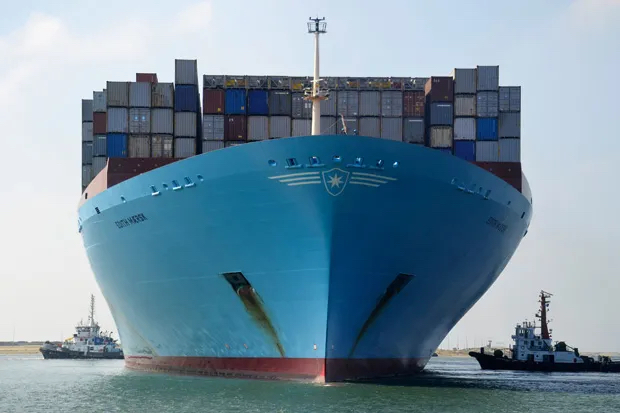







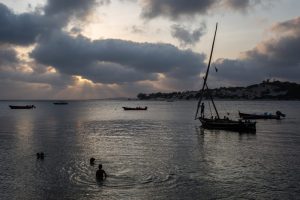

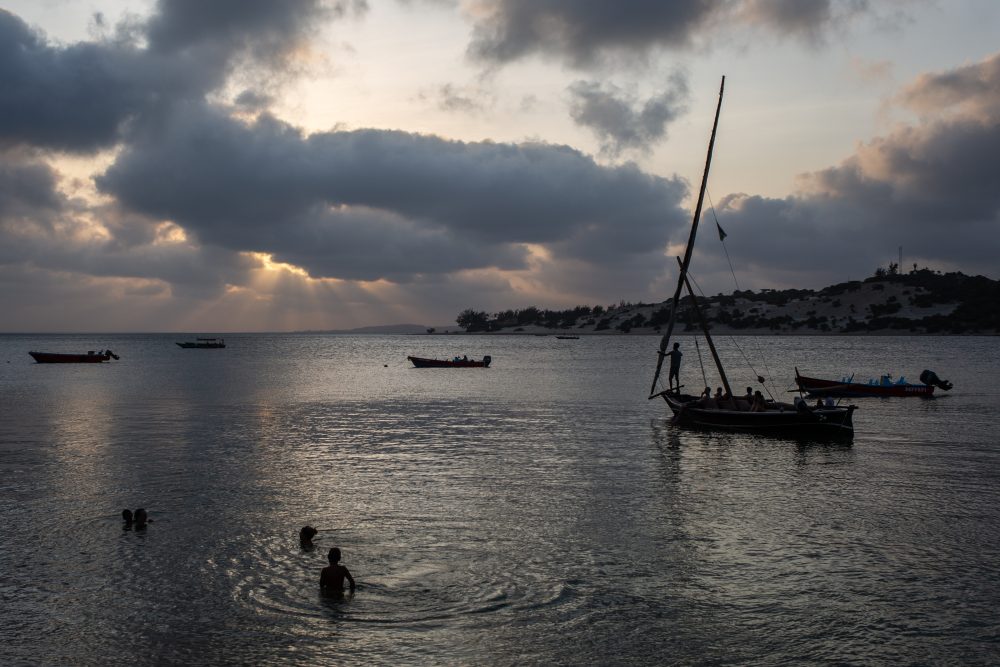


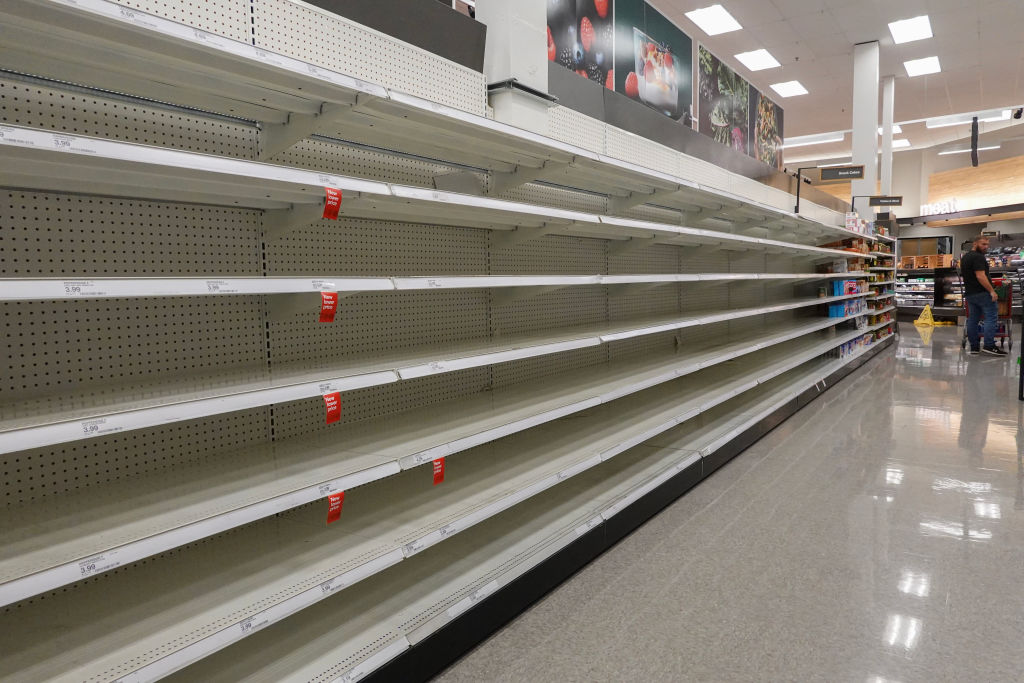

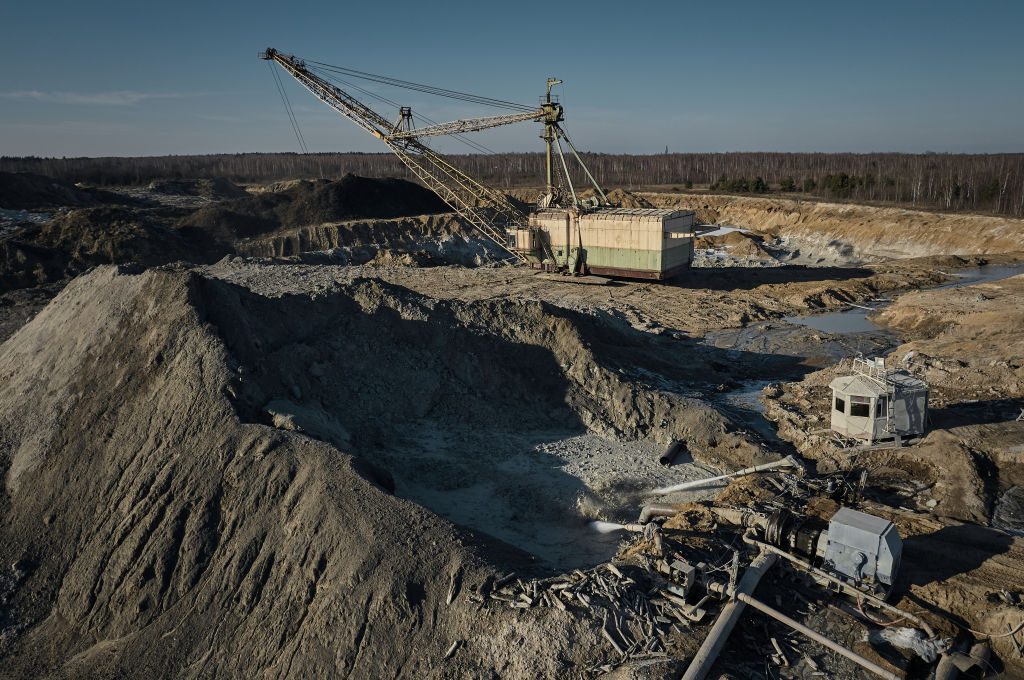







Leave a Reply